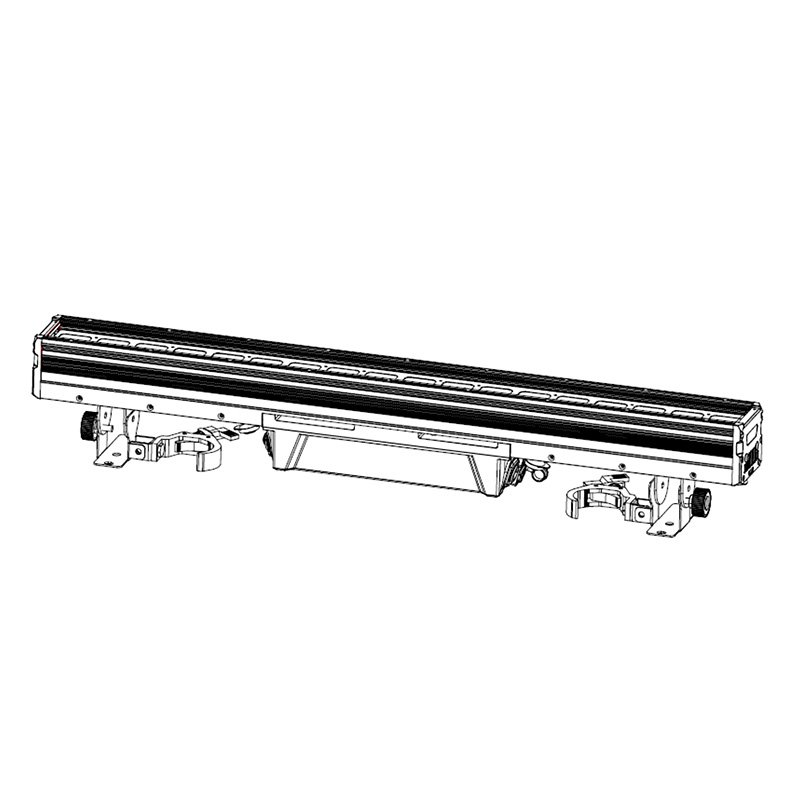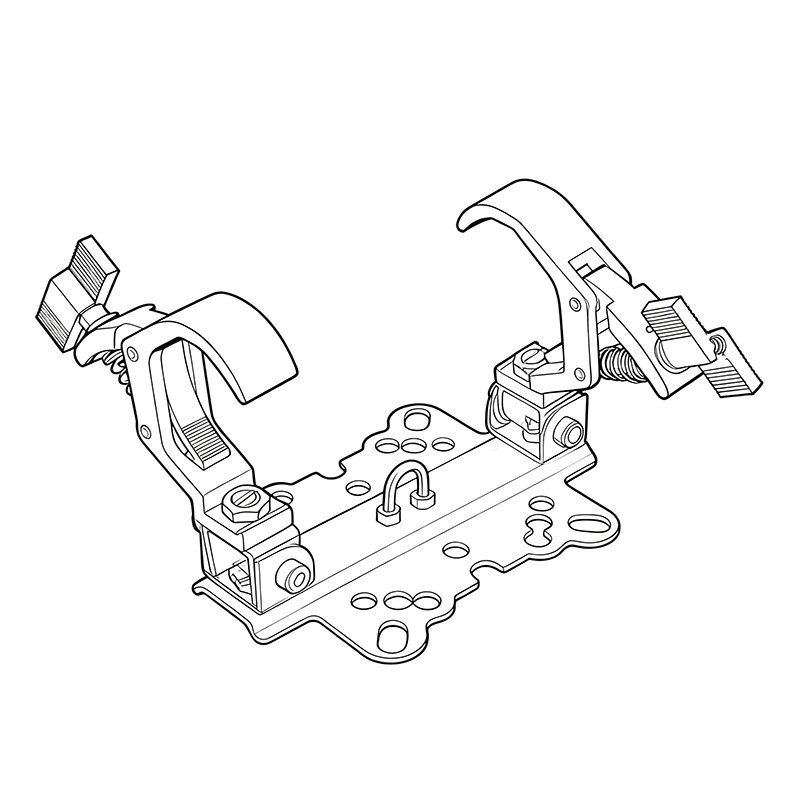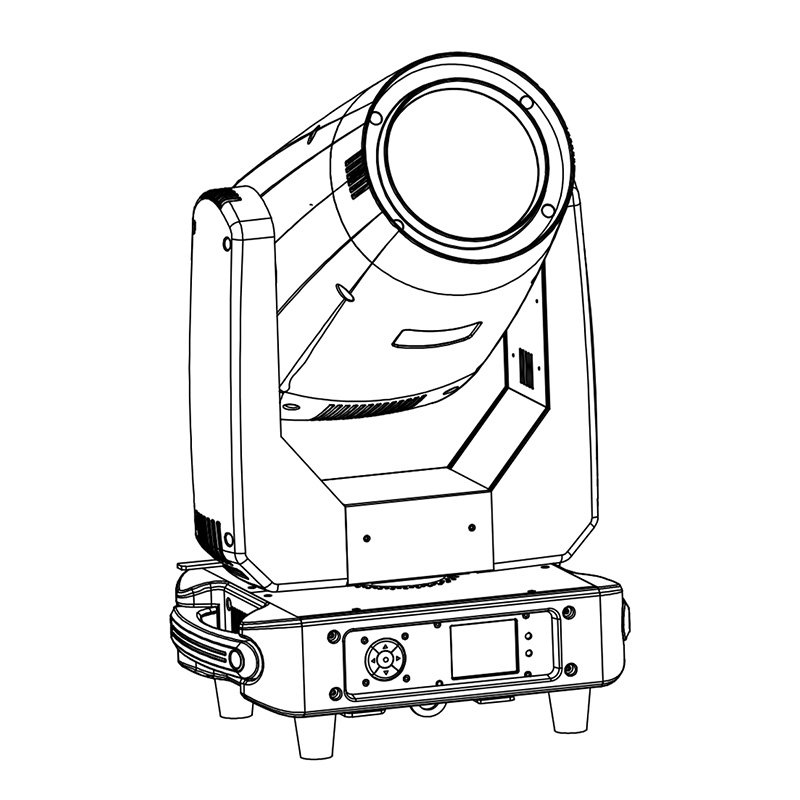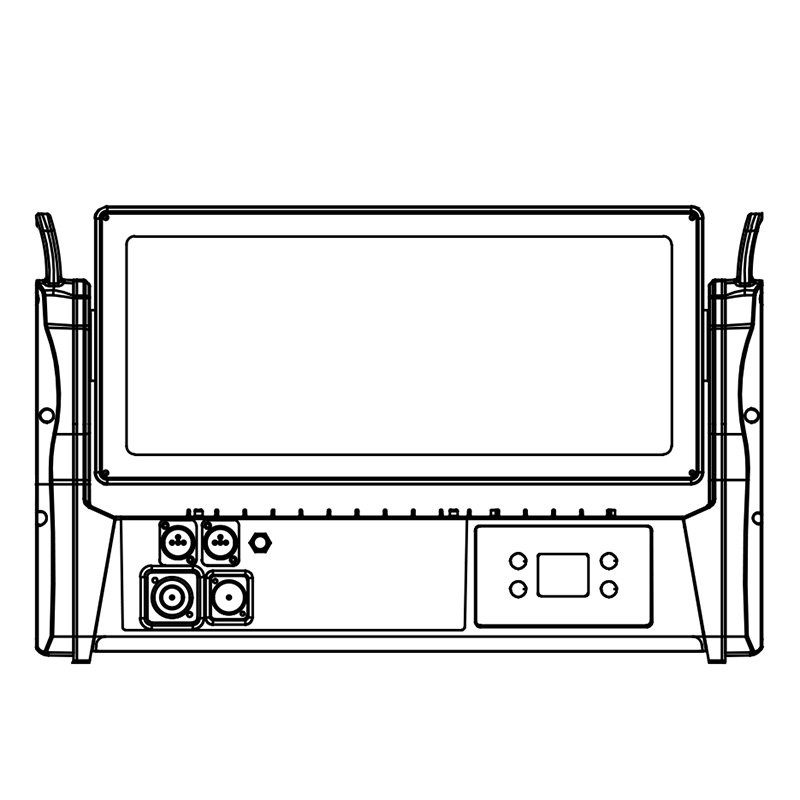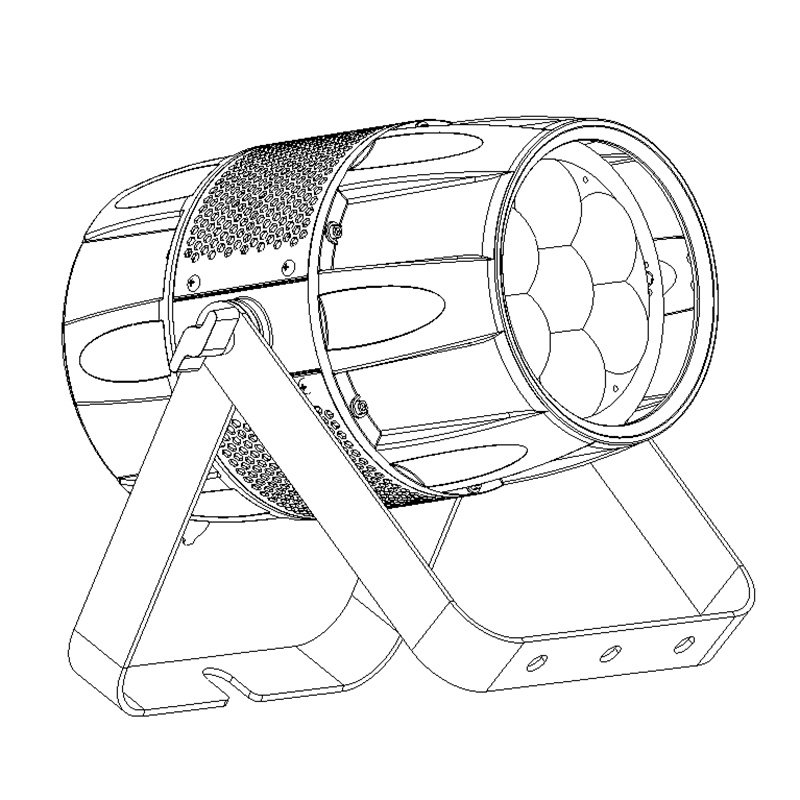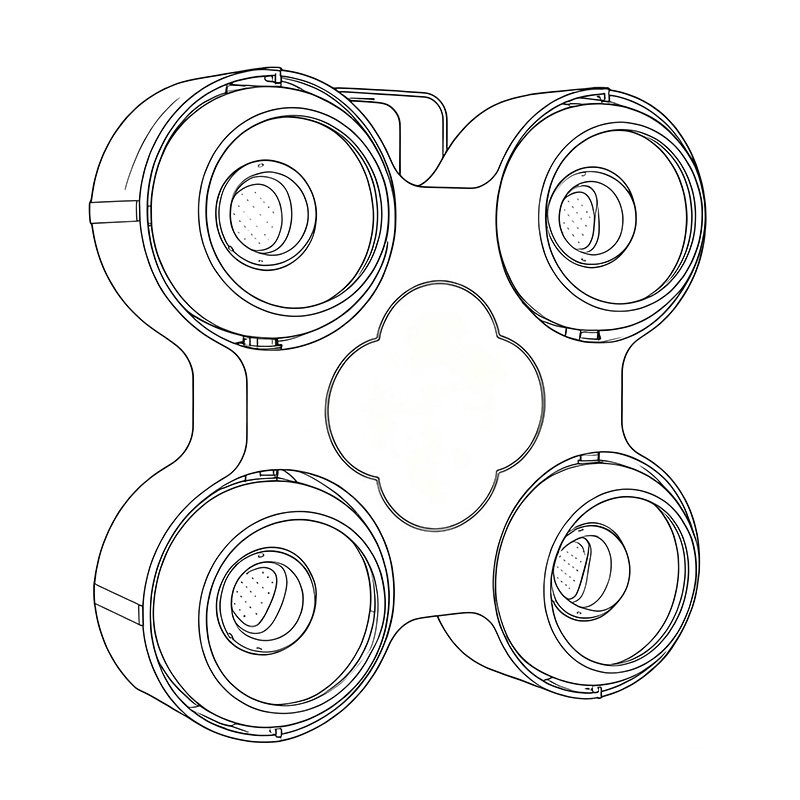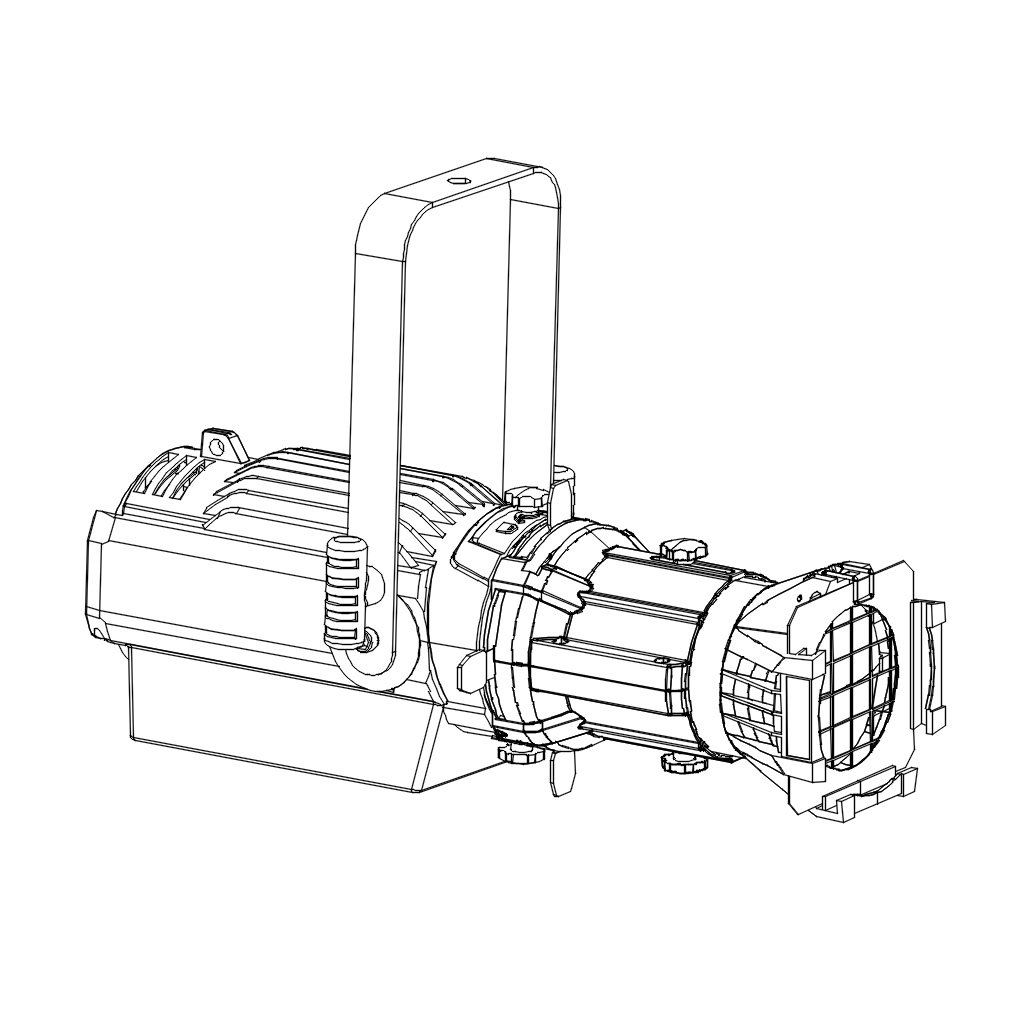Stage lighting is more than just illumination — it’s a powerful visual tool used to shape the atmosphere, focus attention, and tell stories during live performances. From dramatic theater plays to massive outdoor music festivals, lighting sets the tone, heightens emotion, and brings productions to life.
In this comprehensive guide, we’ll explain what stage lighting is, how it has evolved, the different types of lighting fixtures, how they're controlled, and where this fast-moving technology is headed in the future.
What Is Stage Lighting?
Stage lighting is the art and technique of using focused, colored, and dynamic light to control visibility, enhance mood, and support storytelling in live performances and events. It involves specialized equipment like spotlights, washes, beams, and moving head fixtures that can be shaped, directed, and synchronized with cues or music. Unlike standard lighting, stage lighting is programmable and responsive — it interacts with the audience’s emotions, the rhythm of the music, and the flow of the performance.
 Stage Lighting on Live Performance
Stage Lighting on Live Performance
A Brief History of Stage Lighting
The roots of stage lighting go back centuries. In ancient Greece and Rome, daylight and torches were the only available sources of light. By the 1600s, theaters began using candles and oil lamps, though dangerous and difficult to control.
The 19th century introduced gas lighting, which allowed dimming and greater control. This was soon replaced by electric incandescent lamps in the early 1900s — a breakthrough that made stage lighting more reliable and flexible.
In the late 20th century, new tools emerged: ellipsoidal spotlights, color gels, multi-channel analog dimmers, and later, digital control desks using the DMX512 protocol. These technologies transformed stage lighting from a passive tool into an expressive art.
By the 2000s, the rise of LED fixtures, moving head lights, and software-based lighting control systems ushered in a new era of intelligent lighting.
Why Stage Lighting Matters
Stage lighting plays a crucial role in any performance:
- Directs audience focus to key areas, performers, or props.
- Creates emotional atmosphere, from warmth and intimacy to suspense and energy.
- Enhances timing and rhythm, syncing with sound, choreography, and visual effects.
- Transforms space through color, pattern, movement, and texture.
In a concert, lighting amplifies the beat. In a play, it tells you when a scene turns dark. In a wedding, it sets the mood. It is, quite literally, the silent language of the stage.
Common Types of Stage Lighting Fixtures
Modern stage lighting systems include various fixture types, each with a specific function:
1. Spotlights
These produce a narrow, controlled beam of light — ideal for highlighting solo performers or specific areas. Spotlights often have shutters for sharp edges and gobo slots to project patterns.
2. Wash Lights
Wash lights (like Fresnels or LED pars) create a wide, soft field of light. They’re perfect for evenly illuminating large stage areas or setting a color tone across the background.
3. Beam Lights
These generate tight, high-intensity beams that cut through air and haze. Popular in concerts and clubs, they produce striking visual effects and dynamic aerial movement.
4. Moving Head Lights
Moving heads can pan, tilt, zoom, change color, and even project gobos — all under DMX control. They combine the functionality of spot, wash, and beam fixtures in one unit.
5. Effect Lighting
This category includes strobe lights, lasers, LED bars, fog machines, and pixel strips — tools that create energy, texture, and spectacle on stage.
How Stage Lighting Is Controlled
At the heart of modern lighting is DMX512, a digital protocol that lets lighting consoles control hundreds of fixtures over a single signal chain. Every light is assigned a DMX address and reacts to instructions from the controller.
Professional setups use advanced consoles like MA Lighting, Avolites, or Chamsys, while smaller events may use entry-level 192-channel controllers or software with USB-to-DMX interfaces.
Today, lighting can also sync with music and video using:
- MIDI triggers
- Timecode (TC) sequences
- Audio-reactive programs
- Wireless DMX systems
- RDM (Remote Device Management) for two-way communication
These features allow a single operator to run highly complex shows, syncing lights precisely with beats, lyrics, and cues.
The Technology Behind Modern Lighting
Lighting tech is evolving fast. Here’s what powers today’s rigs:
Light Sources
- Halogen lamps: Warm but energy-consuming and short-lived.
- LEDs: Efficient, long-lasting, low heat, RGB color mixing.
- Lasers: Extremely bright, sharp beams, long lifespan, but require certification (like FDA in the U.S.).
Fixture Engineering
- IP65-rated waterproof fixtures for outdoor festivals and unpredictable weather.
- Quick rigging systems: Integrated clamps, omega brackets, and powerCON for fast setup.
- Built-in displays and auto-addressing features for quick configuration.
Real-World Applications of Stage Lighting
Concerts & Music Festivals
Moving heads and beams dominate the show, often paired with pixel-mapped LED panels, strobes, and haze to create jaw-dropping lightscapes that pulse with the music.
Theater & Drama
Lighting defines time, space, and emotion — from soft amber backlight in a tragic scene to sudden blackouts and chase sequences.
Corporate Events
Clean, crisp lighting with branding-focused effects like logo projection (gobos) and tunable white washes for speeches or product reveals.
Weddings & Exhibitions
Ambient color washes, romantic movement effects, and subtle uplighting transform plain venues into magical settings.
The Future of Stage Lighting: Where It's Going
As technology evolves, stage lighting continues to break boundaries:
- AI-assisted programming will allow lights to auto-follow performers and adapt in real-time.
- All-in-one fixtures combining beam, spot, and wash with IP65 protection will dominate.
- Integrated control systems will unify lighting, video, and sound in one console.
- Cloud-based show storage and remote setup/configuration will streamline production workflows.
- Sustainability: Energy-efficient lights and recyclable materials will lead the green stage movement.
Visual programming tools like Capture, WYSIWYG, and Depence² already let designers pre-visualize entire shows before ever stepping into a venue.
Getting Started: How to Learn Stage Lighting
New to the world of lighting? Here’s how to begin:
- Start small: Use an entry-level DMX controller and a basic RGB LED light to learn addressing and control.
- Watch tutorials: YouTube channels like Learn Stage Lighting and console-specific guides are great resources.
- Use simulation software to test scenes without gear.
- Practice safety: Always use safety cables, calculate rigging loads, and secure fixtures properly.
The best way to learn is by doing — volunteer at events, explore fixtures, and experiment with timing and effects.
Conclusion
Stage lighting is both a craft and a science. It’s where engineering meets emotion, where design meets control, and where technology becomes art. From its candlelit origins to intelligent fixtures that sync with music and motion, lighting has come a long way — and it’s still evolving.
Whether you’re a beginner or a professional, understanding the foundations of stage lighting gives you the power to transform any event into a true visual experience.


